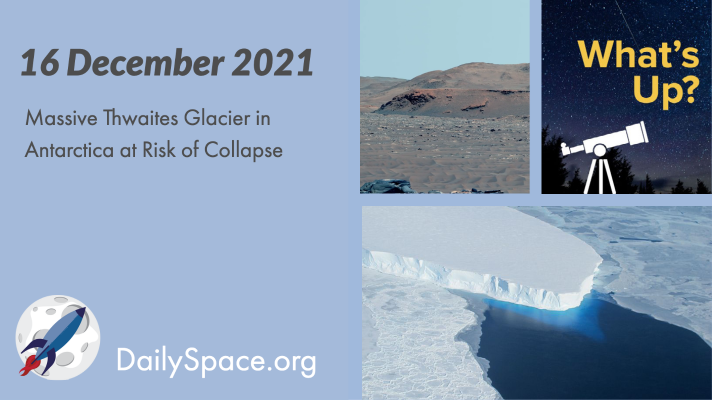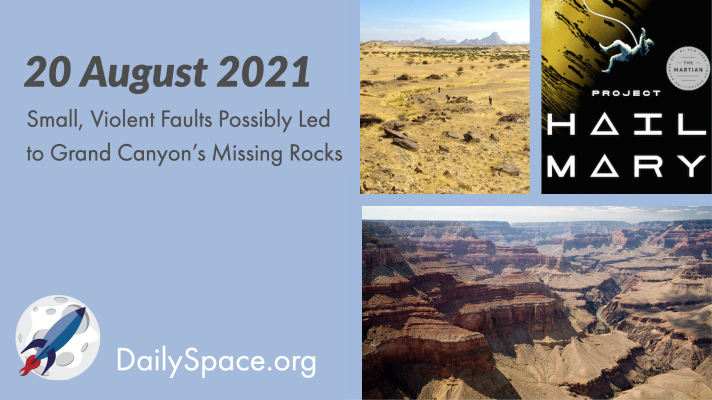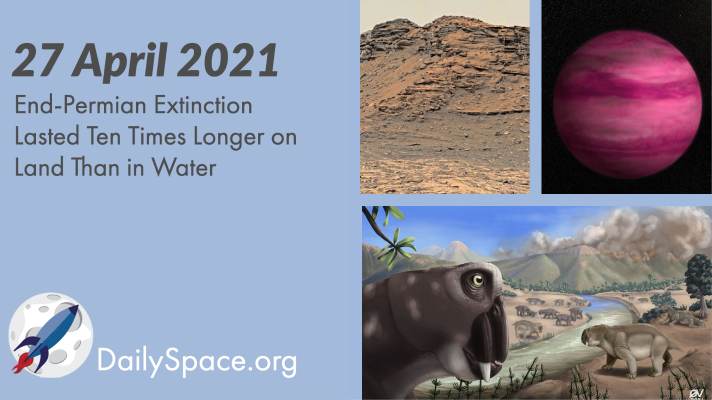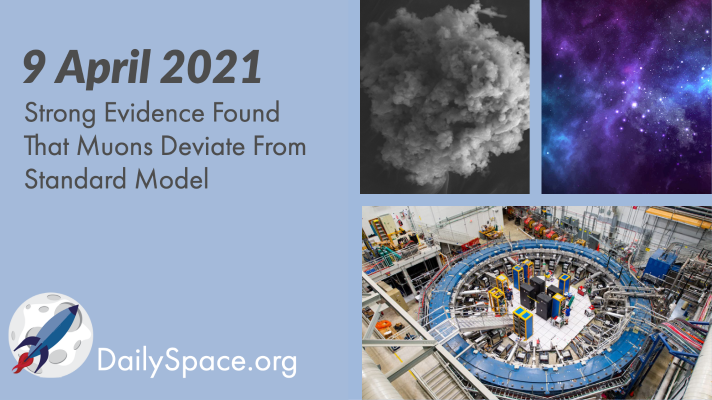
Rocket Roundup for January 5, 2022
The Rocket Roundup team takes a look back at the rockets that launched in 2021, with a review of the statistics and some highlights (including that one telescope that could have ruined Christmas).

The Rocket Roundup team takes a look back at the rockets that launched in 2021, with a review of the statistics and some highlights (including that one telescope that could have ruined Christmas).

A team of scientists collected cores and modeled ice cliff failure and found that Thwaites Glacier in Antarctica is melting more quickly than ever and could be at risk of collapse, threatening global coastlines with almost a meter of sea-level rise. Plus, new results from Percy, and this week’s What’s Up.

New research has pinpointed small, violent faults caused by the breakup of an ancient supercontinent as the potential cause of a major loss in the rock record of the Grand Canyon, known as the Great Unconformity. Plus, using sky mapping tools to find earthly tombs and a review of Andy Weir’s “Project Hail Mary.”

In a new paper, a renowned physicist’s overview of recent observations shows that the gap in the universe expansion calculations is closing. The Standard Model may be fine after all. Plus, Mars’ methane mystery, an orphan cloud, galaxies moving to collide, and an interview with PSI’s Than Putzig about just what is under Mars’ south polar ice cap.

The biggest mass extinction event on Earth occurred at the end of the Permian period, resulting in the extinction of 95% of marine life and 80% of terrestrial life. Now, scientists have found that the terrestrial portion of the event lasted nearly ten times as long as the ocean version. Plus, a spaghettified star, the search for Moon Trees, all about Mars, and new works on dark matter and dark energy.

Fermilab released the first results of their Muon g-2 experiment this week, and the fundamental particles don’t behave as predicted by the Standard Model of Particle Physics. Plus, dust, more dust, Martian water (again), and a review of Packing for Mars by Mary Roach.